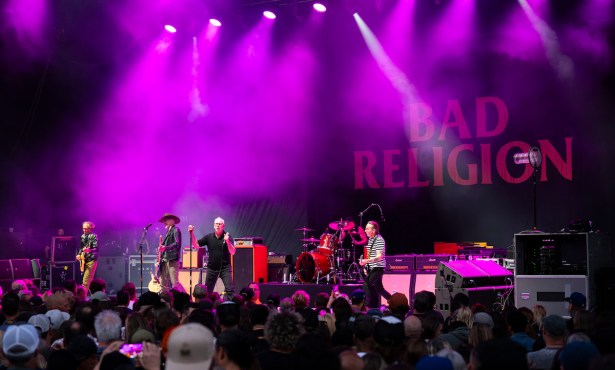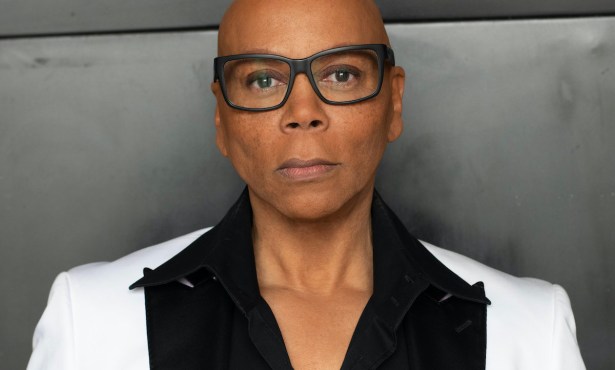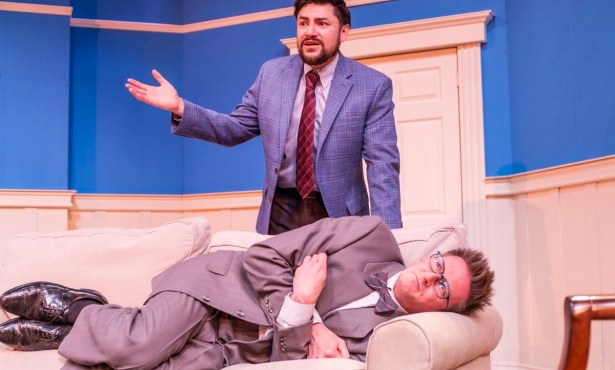New Tome Tracks Marriage Movement Trends
Verta Taylor Co-Edits The Marrying Kind Just in Time
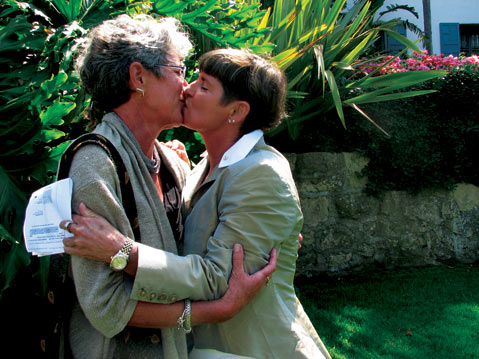
When UCSB sociology professor Verta Taylor started work years ago on a compendium of academic articles about the gay marriage movement’s march across the country, she never believed her field of research would evolve so quickly. “Public opinion has shifted faster on this issue than any other civil rights issue in American history,” said Taylor, a scholar of social movements who married her partner of 35 years just five years ago, around the time she started collecting pieces for her new book, The Marrying Kind. “I really thought that the movement had so far to go, and that it was losing. It became so gratifying to write a story that we were winning in the midst of it.”
As Marrying (University of Minnesota Press; 416 pages) reveals in its state-by-state, issue-by-issue analysis, the gay-marriage movement has been anything but a calculated, singular push. The ritual wasn’t even part of gay culture until a publicly staged event in Washington, D.C., in 1987, and it didn’t become a legal battle until three same-sex Hawaiian couples challenged their state’s marriage rules a few years later. Said Taylor, “People thought it was never attainable.”
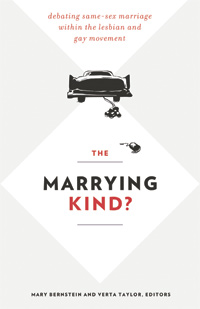
Even then, many of the gay intelligentsia wanted to distance themselves from a traditionally heterosexual institution. “A lot of gay activists were suspicious of it,” said Taylor. “They didn’t want to embrace an institution that perpetuated male hierarchy and unequal relationships.”
In a fabulous twist of pie-in-face irony, the motivation to fight for the right to marry can be almost entirely credited to the Religious Right, whose nationwide campaigns for the Defense of Marriage Act (DOMA) and, later, Proposition 8 in California managed to fan the flames of gay marriage everywhere. As a response in 2004, as detailed in one of Taylor’s own articles in The Marrying Kind, thousands of gay couples gathered to get married in San Francisco. That marriage counter movement — not unlike the lunch-counter movement of the black civil rights campaign decades before — spread across the country, eventually enlisting tens of thousands of couples, including Taylor and her partner, who were later married at the Santa Barbara County Courthouse.
“It was really a movement about the right to love,” said Taylor, explaining why the rest of America was so quick to change their minds. “The more people came out, the more people embraced gay marriage.” Today, the “overwhelming majority” of the American public supports gay marriage, said Taylor, except for the Southern states, but movements are already underway there, too, including one launched last week in Florida.
The new book and UCSB work aside, Taylor has trudged through a personal path that appears to be reaching a nice vista into the future. “I never imagined in my lifetime that I’d have the chance to marry,” said Taylor. “It’s a civil rights issue, but it’s really about the right to love.”

